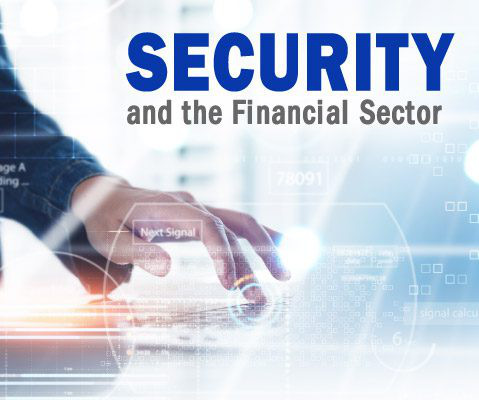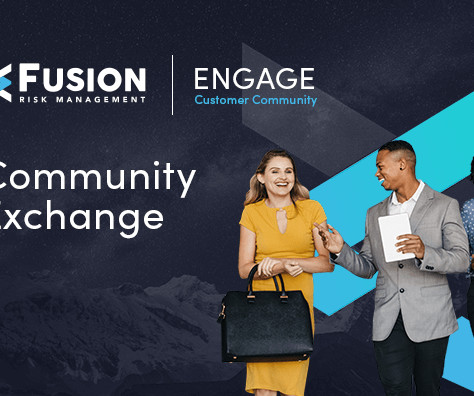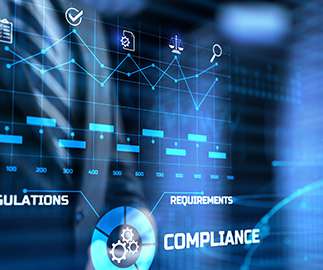The Most Overlooked Security Issues Facing the Financial Services
Solutions Review
SEPTEMBER 8, 2023
As such, the key to mitigating (and ideally neutralizing) that threat is to secure data in storage and backup. Please note: usually when the initial gap analysis is done (remember step 1), you end up with a long list of deviations. Ongoing risk management Storage and backup security demands active, ongoing risk management.



















Let's personalize your content